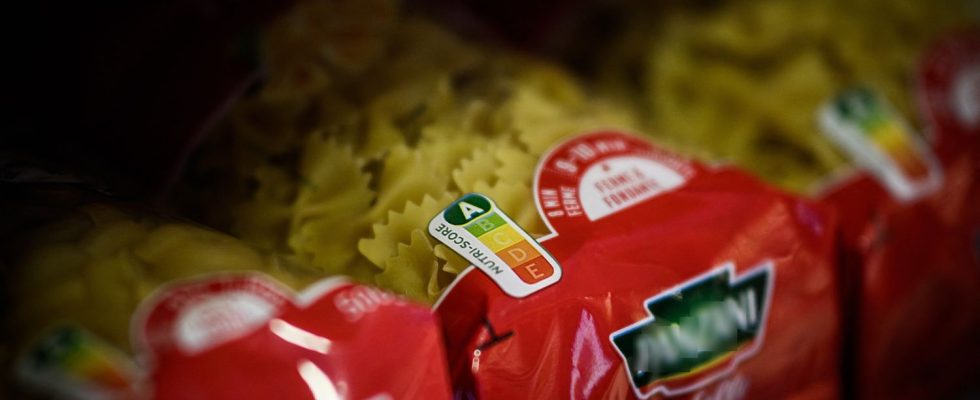While the Nutri-score rules tightened on January 1, this system does not achieve unanimous support in Europe. The harmonization process is blocked, because other systems have developed in parallel, as in Italy. Our correspondents describe the situation on site.
Published
Reading time: 5 min

This color-coded indicator on packaging tells us about the fat or sugar content of foods and allows us to control what we buy. The Nutri-score remains optional and does not yet concern all of Europe, even though more than one in two adults living there is overweight or obese.
This nutritional labeling system is primarily a French system dating from 2017, and five of our European neighbors have gradually adopted it: Germany, Belgium, Luxembourg, the Netherlands and Spain. There are other indicators of this type in the European Union, such as the green and black logos of the Northern countries. The one that is defended by the Italians has the particularity of taking into account the portions potentially consumed, to identify the impact of a product on health. In total, there are seven different systems in effect in 14 states. The European Commission is therefore committed to unifying all of this, in 2020, as part of its global strategy called “from farm to fork”.
Nutri-score, a reliable and widespread system
The European Commission then had to study and then choose the best indicator, with the aim of making it compulsory everywhere in the single market. His proposal was expected at the end of 2022, in vain. The current system therefore remains optional. In France or Belgium, many food industry giants, such as Coca Cola or Lactalis, do not use the Nutri-score. And with its tightening on January 1, some experts, including the nutritionist who designed it, now fear that manufacturers will withdraw from it.
When we ask the Commission about its delay, it tells us that the work is still in progress. The European Food Safety Agency published its scientific opinion on the subject in April 2022. Leaks even suggested that it was going to choose the Nutri-score, because it is the most used indicator in the EU and because its reliability is acclaimed by a collective of 320 scientists.
The firm blockade of Italy
But at this point, everything is blocked. Is it under pressure from agri-food lobbies, which are very powerful? It is true that they can succeed in slowing down certain legislation but this explanation is not enough. If the subject is blocked, it is because Italy is leading an anti-Nutri-score movement. Rome stepped up to the plate in the spring of 2023 to defend its own system, and managed to gain emulation by rallying Greece, Cyprus, the Czech Republic, Romania and Hungary.
When the 27 disagree to this extent, the Commission often delays presenting its legislation. The Italian government is indeed up against Nutri-score. Georgia Meloni spoke of “madness”, of a “discriminatory system”, during her electoral campaign. She keeps her promise by categorically refusing to apply it. This is explained by the impact that threatens the country’s emblematic products, such as parmesan, olive oil, mozzarella or pasta. Its flagship product Nutella also risks being blacklisted, even though it brings in some 10 billion euros out of the 60 billion made from exports.
“Condition consumers without making them responsible”
Inventors of “slow food”, the Italians have a passionate relationship with their gastronomy. The subject therefore turns to the question of identity. But they also criticize the Nutri-score for being approximate. The index does not indicate the quantities to be respected to remain healthy and completely ignores the contents of dyes, nitrates or other preservatives, which are truly bad for your health.
Their alternative is called NutrInform Battery and details energy intake in percentages, according to portions and according to needs. This solution is supported by the powerful agricultural union, close to the Meloni government, as well as by the Italian Food Industry Organization.
